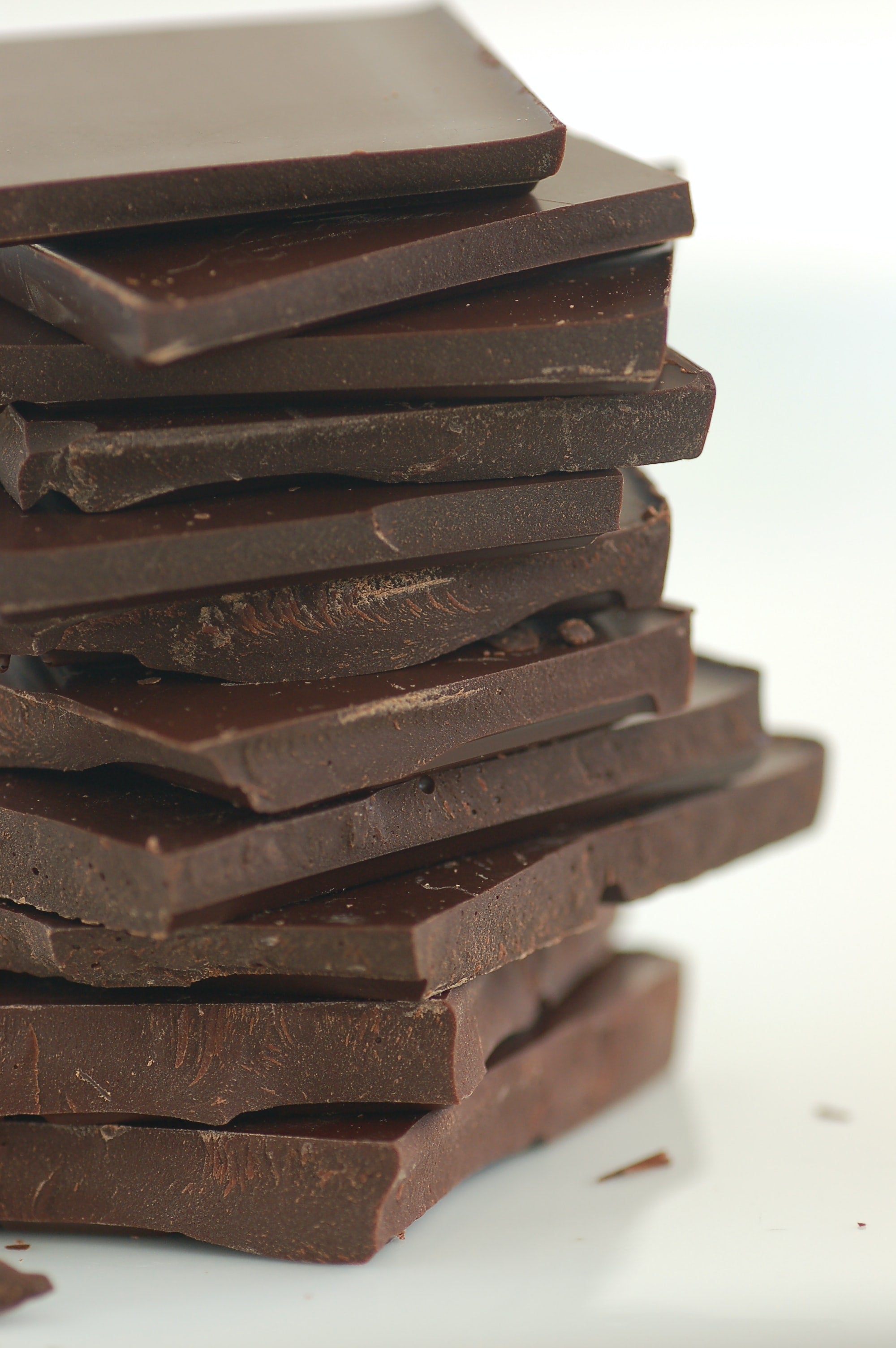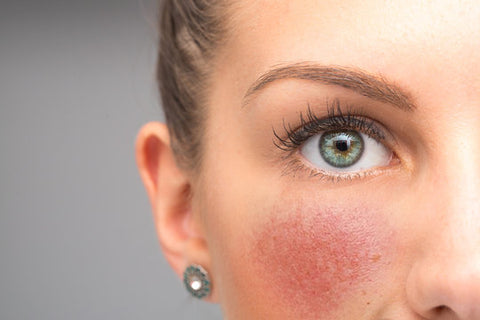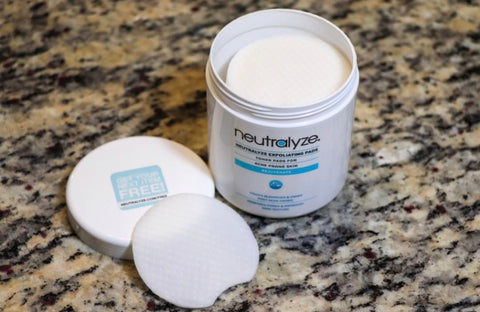Do Chocolates Really Trigger Acne Breakouts?

Chocolates have long been considered as acne triggers. During your teen years, your parents may have dissuaded you from overindulging on these sweets during your teen years to help you avoid pimples.
Why is Chocolate Getting the Blame for Acne Breakouts?
Since the 1940s, people have been warned about the effects that sugary drinks and food, including chocolate, may have on skin health. There had even been a misconception that people with acne had low tolerance for glucose or sugar.
There have also been studies where subjects developed breakouts after being asked to eat chocolates. In one research published in 2016, the acne of 25 males already prone to the skin condition worsened after taking dark chocolate for a month.
In another experiment, milk chocolate and jelly beans were randomly distributed to college students with acne vulgaris. They were asked to consume the sweets for four weeks. Students in the milk chocolate group showed more acne lesions than the jelly bean group towards the end of the study.
A more recent study involving almost 25,000 French adults showed that sugary, fatty, and dairy-based food contributed to acne.
Simply put, the connection between chocolate and acne has been supported by different scientific studies done over the past decades. It’s no wonder that chocolate gets the blame for exacerbating breakouts and people with acne-prone skin are advised to limit consumption of it.
What Happens to Your Skin When You Eat Chocolate?
Chocolate, in general, contains ingredients that can spur breakouts. These include:
When you eat sugary food, your blood distributes it throughout your body in the form of glucose. This causes your insulin level to rise. When that happens, inflammation-causing enzymes emerge and attach themselves to your body's collagen. This can aggravate conditions such as acne and rosacea.
Milk can trigger the overproduction of sebum, which clog pores. Testosterone and androgens in milk cause your facial glands to produce more sebum than usual. Dairy also contains lactose, which is a type of sugar.
The stearic acid and oleic acid that are found in the cocoa butter in dark chocolate are both fats. They can clog the pores of your skin, which may lead to acne.
Should You Avoid Eating Chocolates?
Satisfy Your Sweet Tooth with Dark Chocolate
You can still please your sweet tooth and enjoy chocolate even if you're prone to acne. The secret is to opt for dark variants and to not overindulge.
Dark chocolate's higher cacao content and lower sugar content makes it healthier than milk and white chocolate. Dark varieties also contain more flavanols than white and milk chocolate. Dark chocolate's caffeine content is also higher, providing a mild boost in mental and physical energy.
Nutritionists and dieticians agree that chocolate with 70% cacao is healthy when eaten in moderation. The following elements found in cacao are good for your body:
Antioxidants
Quercetin is a type of antioxidant found in chocolate. Antioxidants protect cells against free radicals, which may contribute to aging, cancer, and heart disease. Catechin, also an antioxidant that's found in dark chocolate, prevents arteries from hardening.
Methylxanthines
Theobromine and theophylline are methylxanthines or plant compounds that support heart health.
Theobromine widens blood vessels and relaxes tissues in the lungs. Meanwhile, theophylline is a common ingredient in various FDA-approved asthma drugs. One 2017 study showed that moderate chocolate intake helps lower the risk of atrial fibrillation or irregular heartbeat. This condition is associated with heart disease and stroke.
Flavanoids
The flavanoids, a diverse nutrient group to which quercetin and catechin belong, promote brain health. They keep the brain's synapses and neurons healthy and growing. This can improve memory and reduce the risks of neurodegenerative diseases like Parkinson’s and Alzheimer’s disease.
Tryptophan
Do you wonder why chocolate seems to ease stress? That's because it has small amounts of tryptophan. It’s an amino acid that triggers the production of serotonin, the "happy hormone".
Essential vitamins
Chocolate has magnesium, which helps with muscle and nerve functions. It also has iron that aids in red blood cell production, metabolism, and temperature regulation. It's rich in dietary copper, which like iron, plays a role in forming red blood cells. It boosts nerve health and the immune system as well. Dark chocolate is a great source of zinc, which helps with wound healing and one's sense of smell and taste.
Learn to Like Dark Chocolate
If dark chocolate tastes too bitter for your preferences, try the following until you get used to its taste:
- Start with a lower percentage, such as 35%, then go up. You can also look for high percentage cacao with a low-glycemic index sweetener, like nectar and coco sugar. High-cacao chocolate with natural sugar-free sweeteners, like stevia, is another alternative.
- Eat dark chocolate with fruits like raspberries, blueberries, strawberries, or almonds. You can buy the dark chocolate and the fruits separately. Supermarket products, such as chocolate-covered acai, may have high sugar and calorie levels.
- Add dark chocolate to your snacks and desserts. To reduce your intake of milk and white chocolate, learn to make treats or buy ready-made ones that feature dark chocolate. You can find many recipes online that use dark chocolate instead of milk chocolate. They’re used in trail mixes, vegetable muffins, and the like. You can also try mixing one to two tablespoons of unprocessed cocoa to dairy-free ice cream.
Like Acne, Your Sweet Tooth May Be Hereditary
More researchers are discovering that just like acne, your inclination for sweet things, including chocolate, may be due to genes. One research shows that people with less body fat were likely to have sweet cravings. Meanwhile, a study by the International Sweeteners Association said that half of a person's propensity for sweet food and drinks are due to genes. The environment and acquired learning are the other factors.
Other Skin-Friendly Food
Are you looking for snack alternatives that are skin-friendlier than dark chocolate? Try the following:
- Walnuts and other nuts and seeds are good sources of omega-3 fatty acids, which can help smoothen skin, and vitamin E, which helps prevent premature aging. They can also hydrate your skin and keep it elastic.
- Red grapes have resveratrol on their skin, which can aid in slowing skin aging by protecting cells from damage caused by sun exposure.
- Acai berries and other berries are rich in antioxidants that can keep the skin protected from oxidative stress. Eating food with high industrial vegetable oil content, smoking, and exposure to environmental toxins cause oxidative stress.
- Matcha also contains antioxidants. It can help reduce skin inflammation, reduce skin damage due to ultra-violet radiation, and promote blood circulation.
- Watermelon is very refreshing, as it’s filled with water and is low in sugar. Hydration prevents skin from becoming dull and dry.
- Citrus fruits have high vitamin C content that stimulate collagen production.
- Sweet potatoes and yams contain vitamin A, which lowers the production of keratin. Keratin causes dead skin cells to coagulate and clog into your pores. Sweet potatoes also have vitamin C and manganese, which keep skin cells strong.
- Whole wheat bread and other forms of complex carbohydrates are healthy when eaten without sweet jams or spreads.
- Avocados contain monosaturated fatty acids that fight off inflammation. They also keep your heart healthy and lower cholesterol.
- Pomegranates have polyphenols, a type of antioxidant that helps protect the skin from the harmful effects of sunlight. Polyphenols also help regulate the skin's blood flow.
You don't need to deprive your sweet tooth because of acne. As with everything, the key is balance. You can enjoy your favorite chocolate treat once in a while, but consume it in moderation. If possible, opt for high-percentage cacao sweets and wholesome food for snacks and dessert.


